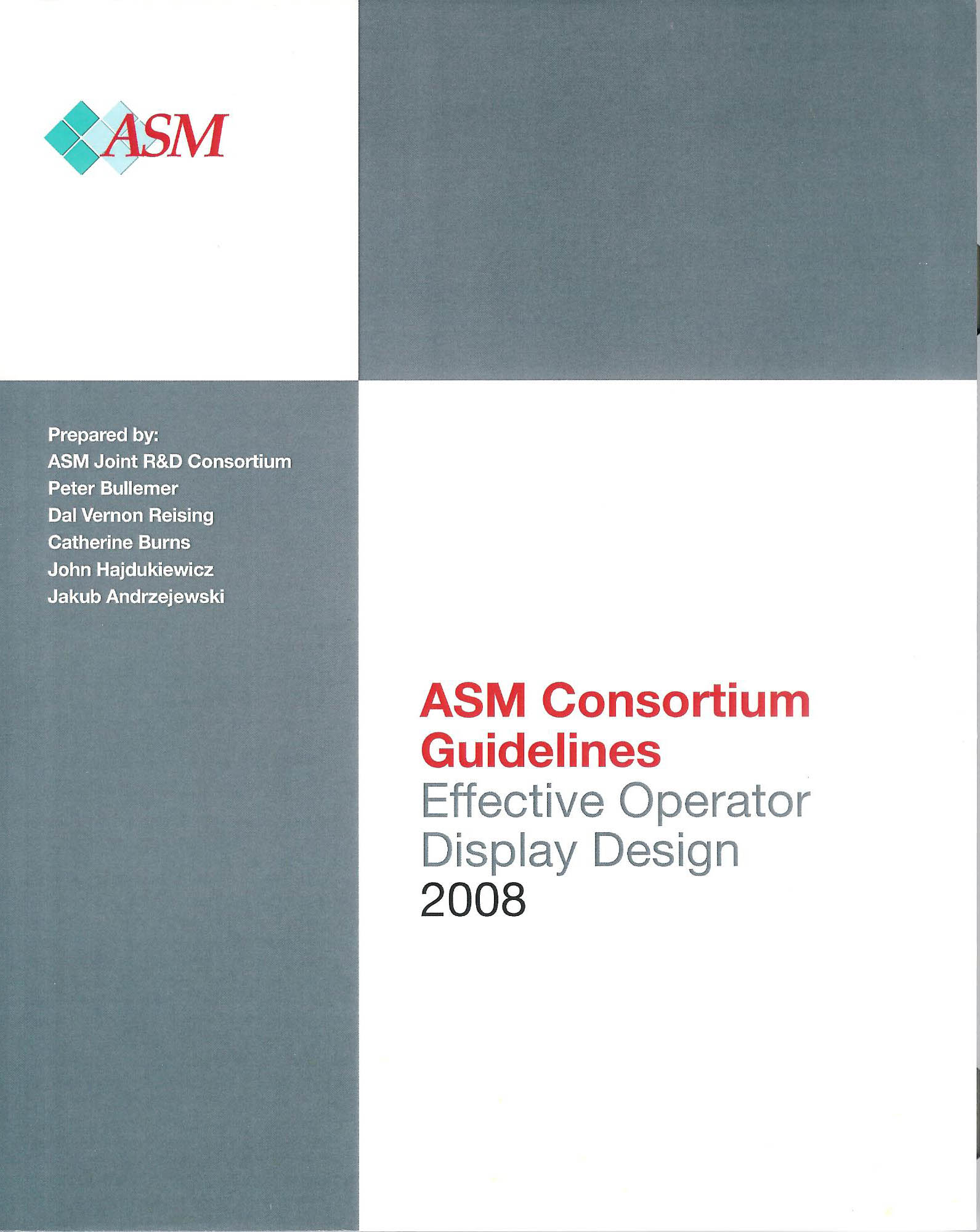Human-Machine Interface Design
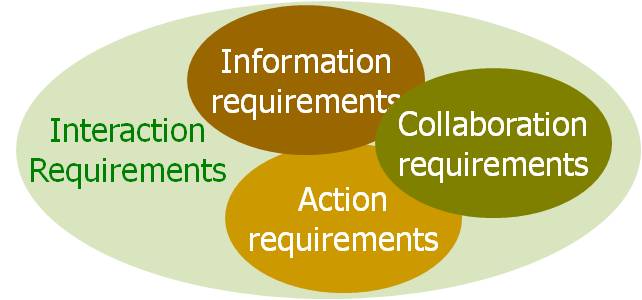 Our human-machine interface (HMI) design services deliver operator displays and performance support applications that establish a high level of situational awareness, align with work processes, minimize operator workload and errors, enable effective abnormal situation responses and enhance task performance.
Our human-machine interface (HMI) design services deliver operator displays and performance support applications that establish a high level of situational awareness, align with work processes, minimize operator workload and errors, enable effective abnormal situation responses and enhance task performance.
Operator Interface Design
Excellence in operator interface design practices begins with the definition of the operator information and task requirements and requires an iterative, participatory development methodology to deliver effective, performant operator applications and displays.
Our operator interface design service identifies usability and performance issues with existing design conventions and guides development teams in the use of proven presentation, navigation and interaction techniques appropriate to your HMI requirements.
Our operator interface design service typically begins with a Human Factors in Operator Interface Design workshop with developers, management stakeholders and operators. Together an HMI philosophy is drafted to capture the strategic objectives of the HMI development effort. Our operator interface design service emphasizes the involvement of all key stakeholders throughout the development process to ensure achievement of a high performance solution with operator acceptance.
Our team members, Peter Bullemer and Dal Vernon Reising are lead authors on the ASM Consortium Guidelines on Effective Operator Display Design. As a result, HCS can help your team understand the basic human factors principles underlying these industry best practices as well as learn about alternative approaches to putting the recommendations into practice. In addition, our team can help your site achieve compliance with the ASM Consortium Guidelines on Effective Operator Display Design as well as implement proven visualization techniques developed through ASM research activities. Our team can help customers implement effective HMI solutions on the vendor platform of their choice.
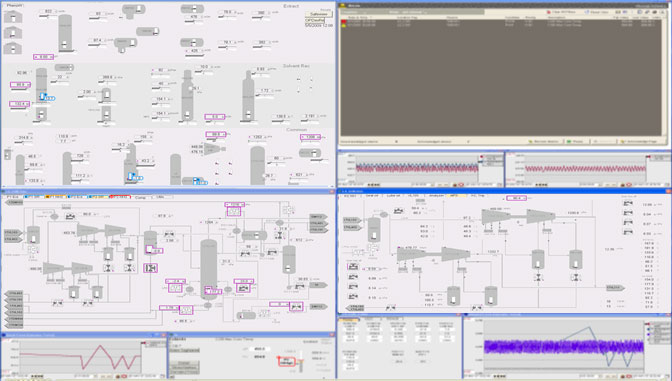
Alarm System Design
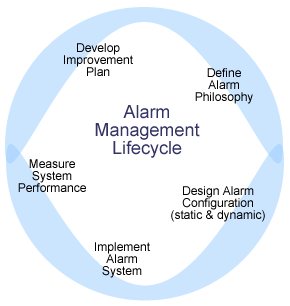 Our alarm system design services support deployment of an effective plant alarm system that can enhance situational awareness, speed of response to handle process disturbances and reduce the likelihood of operator error, which leads in turn to reductions in near misses, incidents, and accidents.
Our alarm system design services support deployment of an effective plant alarm system that can enhance situational awareness, speed of response to handle process disturbances and reduce the likelihood of operator error, which leads in turn to reductions in near misses, incidents, and accidents.
Excellence in alarm management practices requires a comprehensive, multidisciplinary approach to configuring and maintaining the alarm system over its lifecycle.
Our alarm system design services identify opportunities and methods to reduce standing and nuisance alarms and facilitate multidisciplinary project teams in defining and implementing effective alarm management practices. Our team members, Jamie Errington and Dal Vernon Reising are lead authors on the ASM Consortium Guidelines on Effective Alarm Management Practices. Our alarm management services enable your plant to establish and maintain an effective management system.
Alarm Sound Design
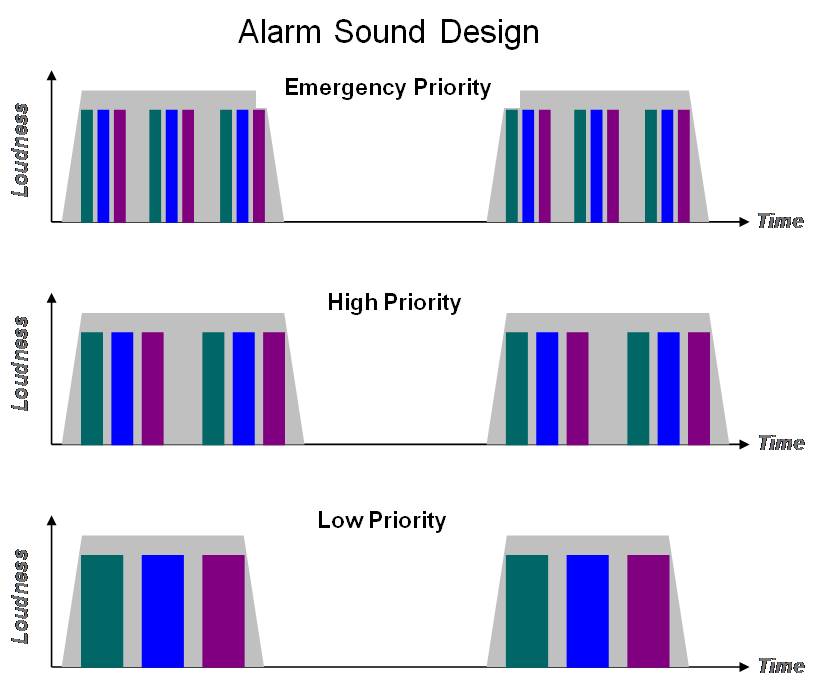 An effective alarm sound design enables operators to be aware of important changes in plant status without adding to their level of stress or interfering with their ability to communicate with other operations team members.
An effective alarm sound design enables operators to be aware of important changes in plant status without adding to their level of stress or interfering with their ability to communicate with other operations team members.
HCS has conducted research with process industry clients to design an effective audible alarm annunciation based on a concept developed in the aviation industry. This alarm design concept, referred to as the Patterson protocol, is based on the idea that effective design can communicate urgency while simultaneously communicating the console area that generated the alarm without creating a startle reaction or disrupting ongoing communications.
These innovations are embodied in the HCS Alarm Sounds for Multi-Console Control Rooms™:
- Unique three-tone combinations to differentiate console positions
- Consistent, unique tone durations differentiate alarm priorities
- A fundamental frequency for each alarm sound chosen from humans’ most sensitive hearing region
- Each alarm sound comprised of multiple harmonic frequencies, to address both potential masking from environmental noise as well as potential hearing deficiencies in the operator workforce
- Specified sound envelopes to eliminate abruptness and the associated ‘startle effect’

